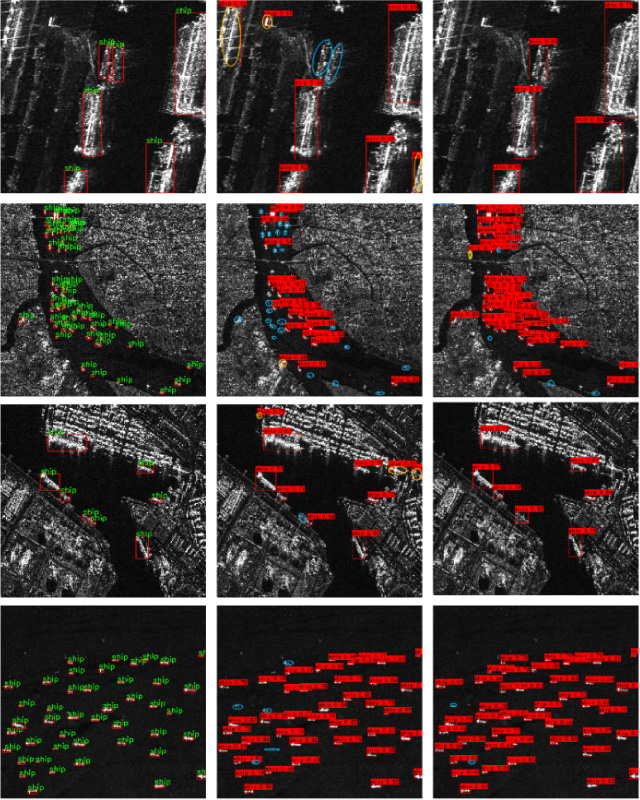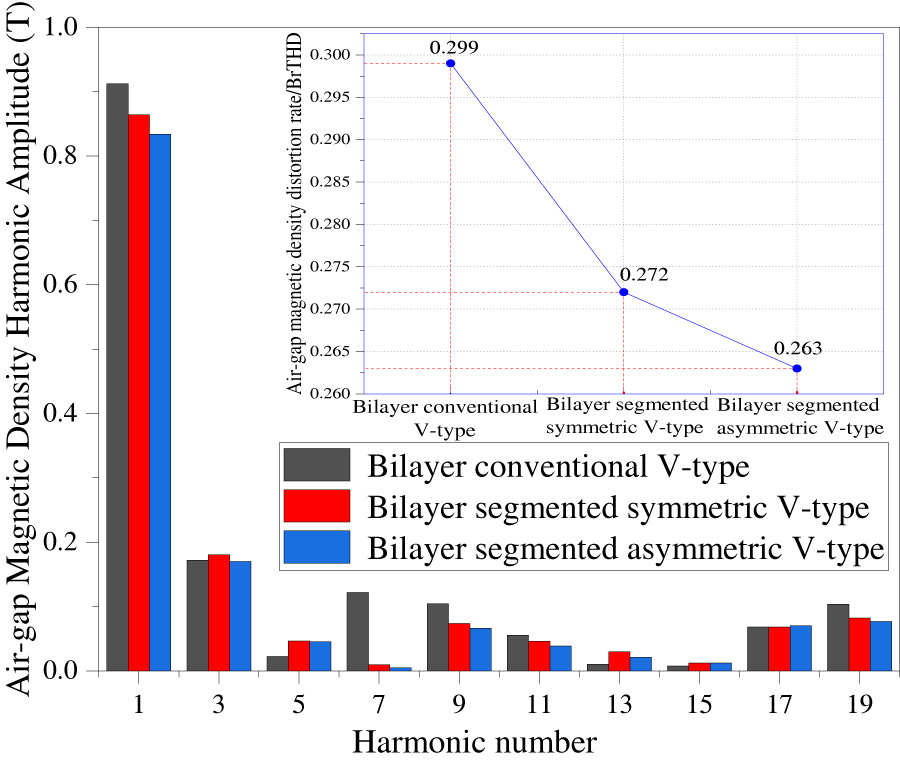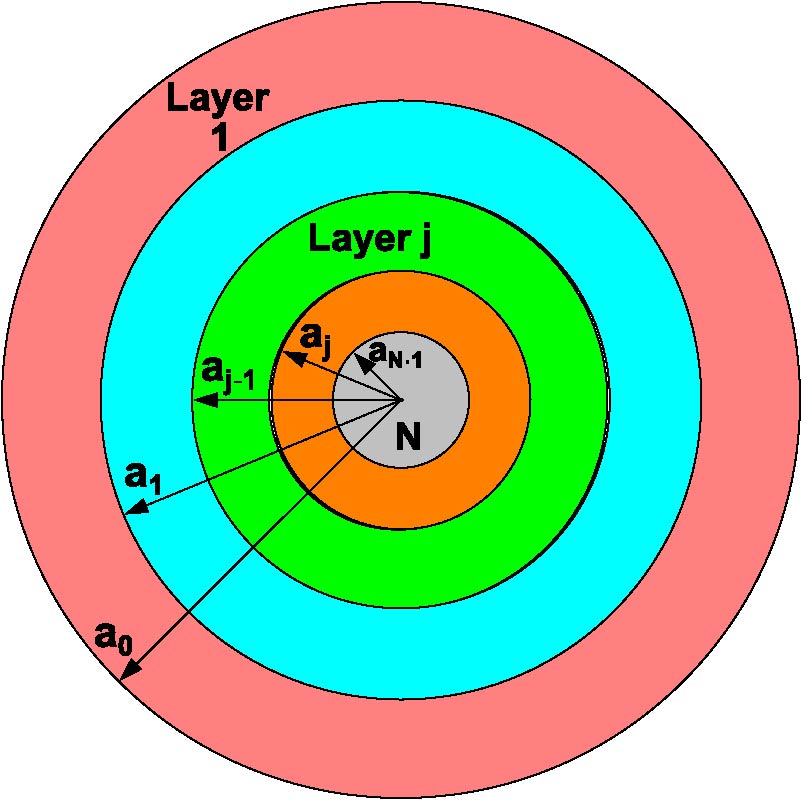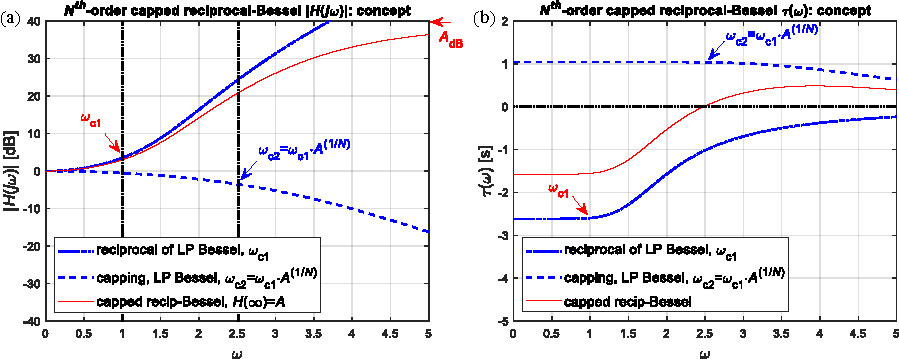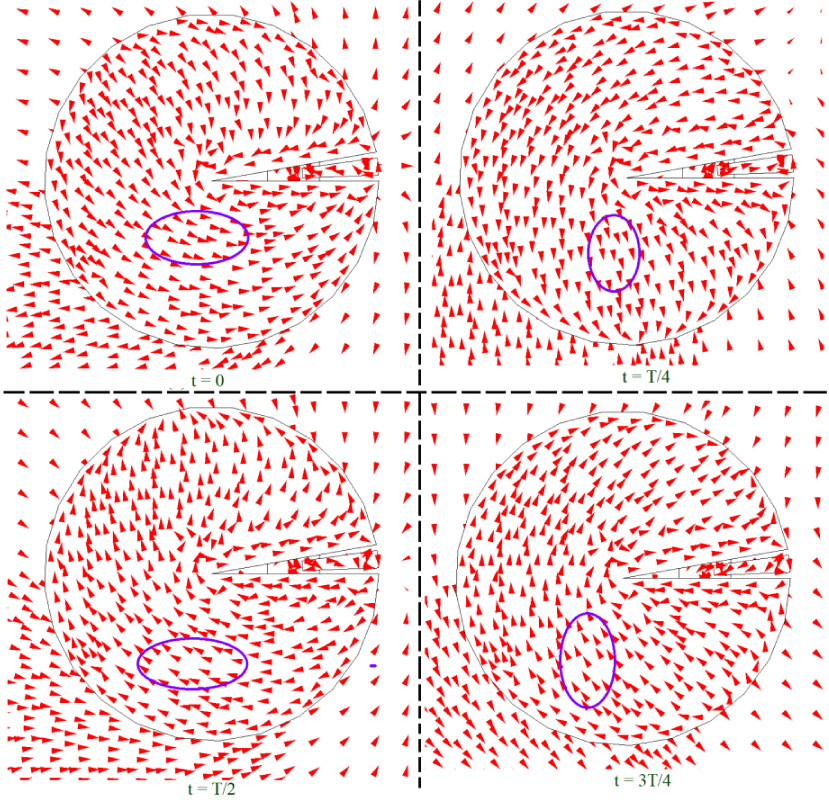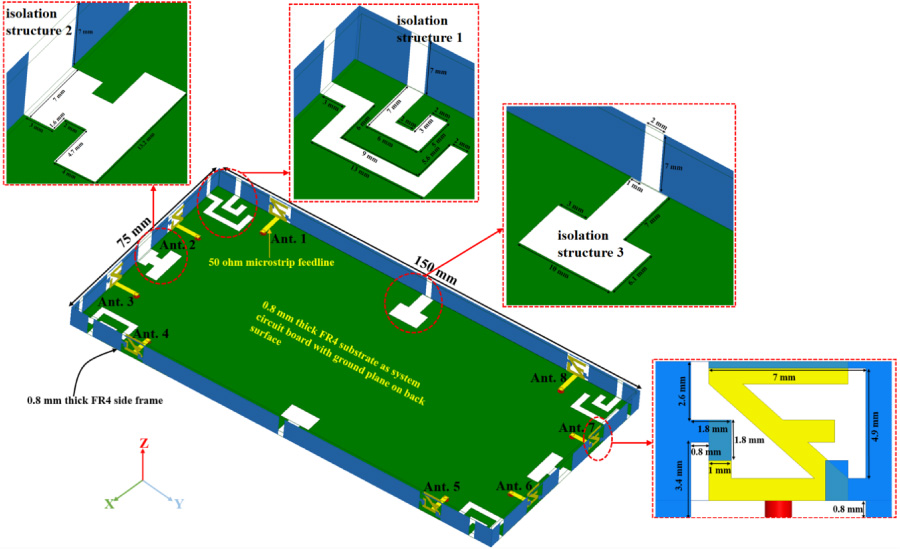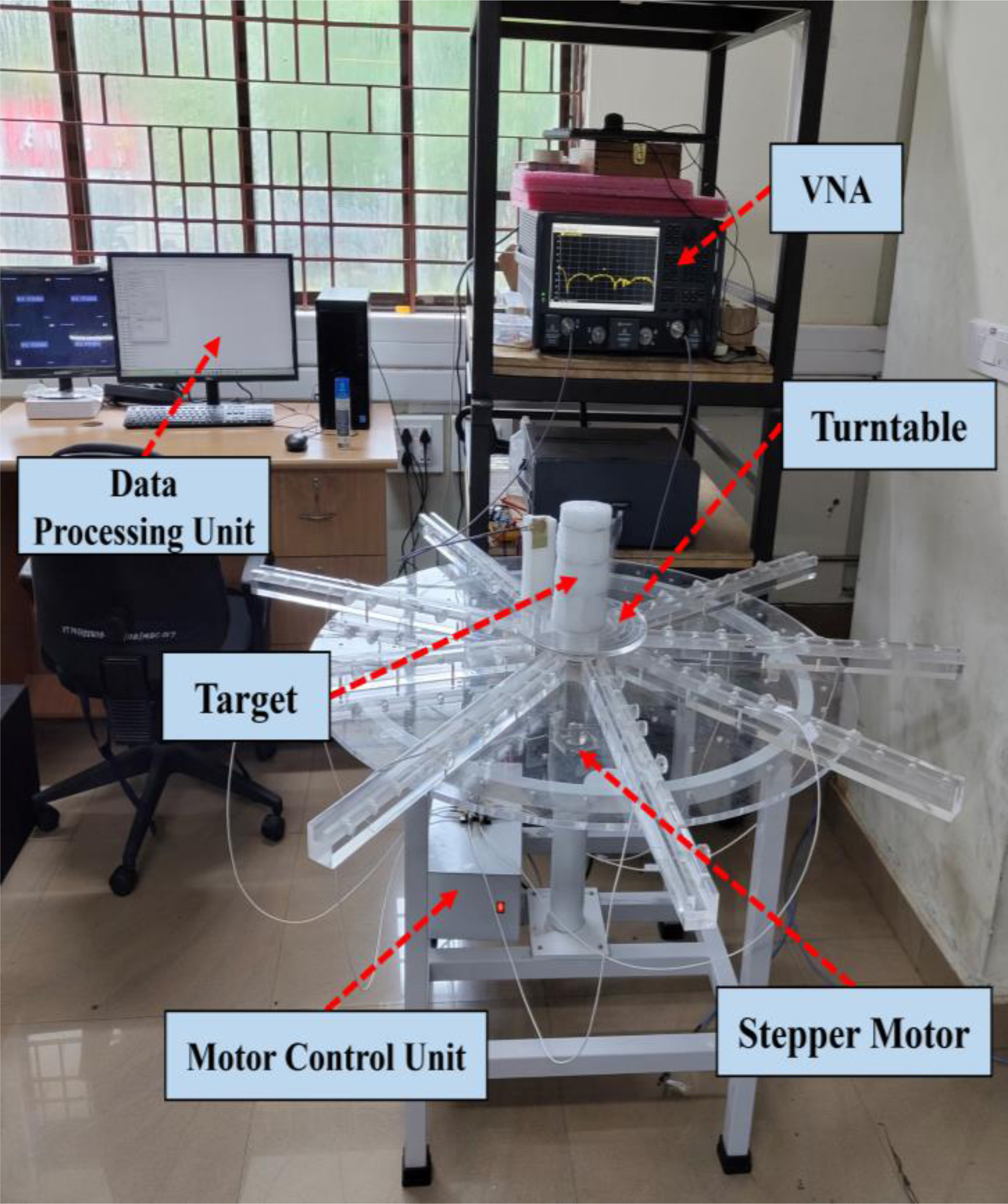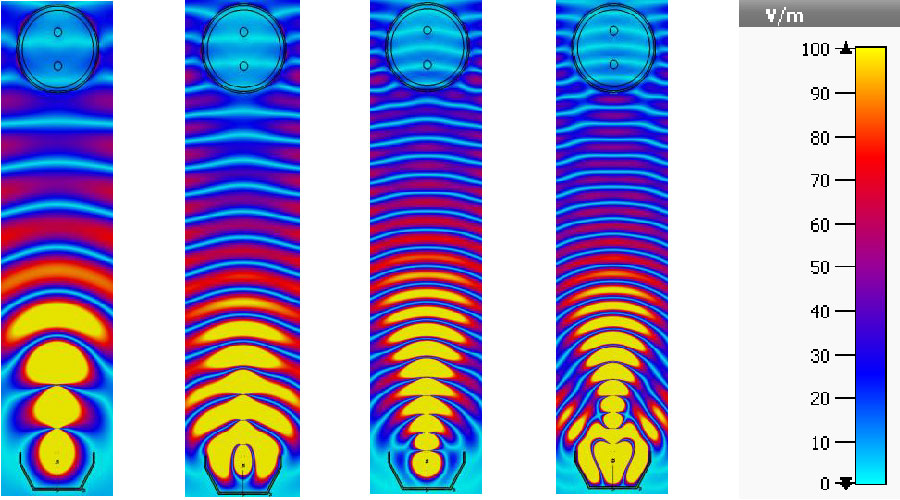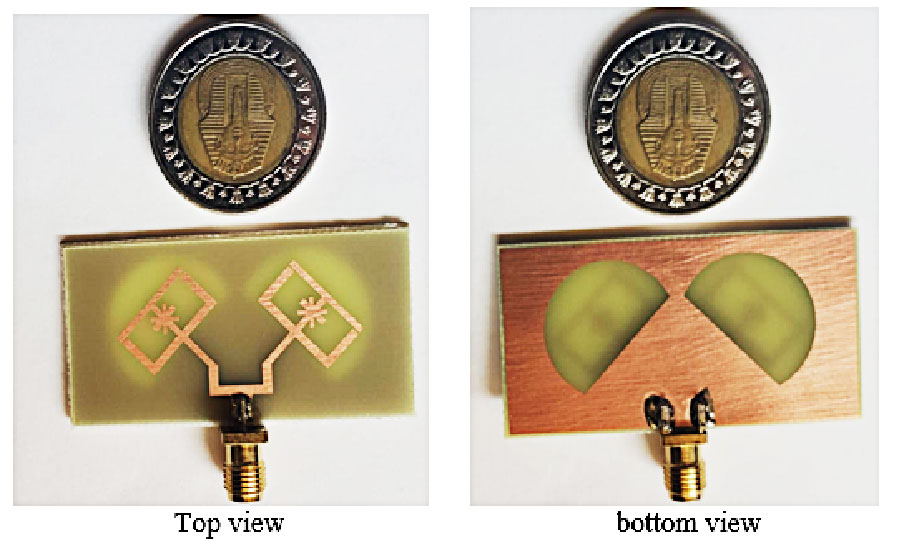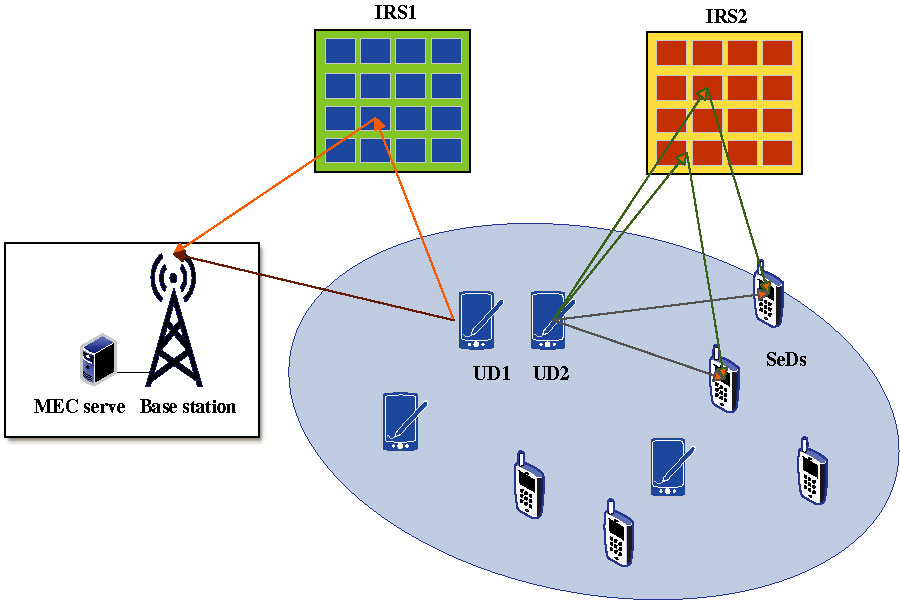Multi-Objective Optimization Design of a Bilayer Segmented Asymmetric Interior Permanent Magnet Synchronous Motor
Luyao Wang,
Hui Zhu,
Yunpeng Song,
Wenjing Hu,
Huihui Geng,
Xueyi Zhang,
Qi Yu,
Xin Zhou and
Xingxu Jin
This paper proposes a bilayer segmented asymmetric V-type magnetic structure of interior permanent magnet motor to address the problems of large air-gap magnetic density zero region, high air-gap magnetic density distortion rate, and large output torque ripple in the traditional V-type permanent magnet synchronous motor. Firstly, the superiority of the bilayer segmented asymmetric V-type structure is verified using finite element simulation compared with the bilayer conventional V-type and bilayer segmented symmetric V-type structures. Secondly the analytical model of the air-gap magnetic density, output torque, and torque ripple is established. Then, with the optimization objectives of reducing the air-gap magnetic density distortion rate, increasing the output torque, and reducing the torque ripple, and with pole-span angles of the bilayer segmented asymmetric V-type structure as the optimization variables, each optimization variable is subjected to weighted sensitivity stratification. The response surface optimization is applied to the low and medium-level sensitivity optimization variables, while a Pareto frontier distribution is used to obtain the set of the effective values of the high-level sensitivity optimization variables. The optional combination of the pole-span angles of the segmented asymmetric V-type structure is objectively selected by applying the TOPSIS method. Finally, the effectiveness of the optimized design is verified by finite element simulation and prototype tests. The results show that the bilayer segmented asymmetric V-type structure can reduce the percentage of the zero region of the air-gap from 4.82% to 3.91%, which is reduced by 18.8% and lower the air-gap magnetic density distortion rate from 0.263 to 0.226, which is reduced by 14.1% while ensuring good output characteristics with improving the average output torque from 14.842 N.m to 16.418 N.m, which is increased by 10.6%, and reducing the torque ripple from 0.169 to 0.156, which is reduced by 7.7%.
